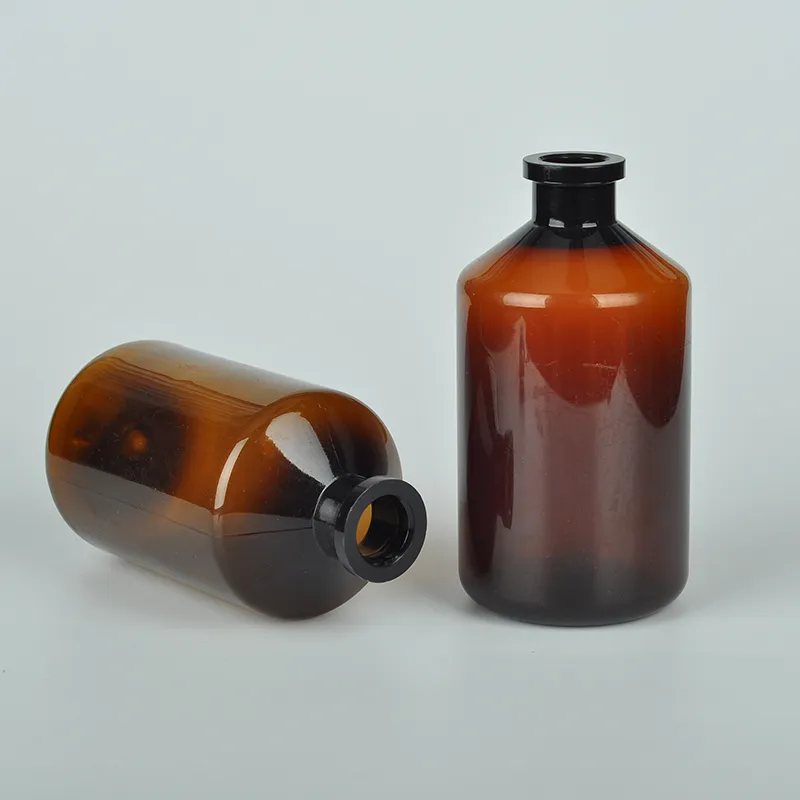tissue culture dish
Tissue Culture Dishes Advancements and Applications in Biotechnology
Tissue culture has become an integral part of modern biological research and biotechnology, providing researchers with the tools to study cells and tissues in a controlled environment. Central to this field is the tissue culture dish, an essential apparatus that facilitates the growth and manipulation of cells outside their natural environment. These dishes come in various shapes, sizes, and materials, each tailored for specific applications in cell biology, microbiology, and regenerative medicine.
Understanding Tissue Culture Dishes
Tissue culture dishes are typically made of glass or plastic, with polystyrene and polycarbonate being the most common choices due to their durability, clarity, and ability to support cell adhesion. These dishes can have different surface treatments, such as coating with extracellular matrix proteins, to enhance cell attachment and growth. Standard sizes for culture dishes include 35 mm, 60 mm, and 100 mm in diameter, each offering different volumes and surface areas suitable for various experimental needs.
The design of tissue culture dishes is specifically intended to optimize conditions for cell growth, providing a stable environment free from contamination
. They also allow for easy observation of the cells under a microscope, and their transparent nature enables researchers to monitor cellular behavior and growth dynamics over time.Applications in Research and Medicine
Tissue culture dishes have revolutionized biological research, enabling scientists to delve deeper into cellular processes, drug testing, and disease modeling. For instance, cancer research has benefitted significantly from the use of cultured cells, allowing researchers to observe how cancer cells grow and respond to various treatments in vitro. By using tissue culture dishes, researchers can manipulate the microenvironment of cells, applying different stresses or nutrient conditions to study their effects on cancer progression.
tissue culture dish

In addition to cancer research, tissue culture dishes are pivotal in the development of vaccines, such as those for influenza and other infectious diseases. By culturing viral cells in a controlled environment, researchers can observe and characterize viral behaviors, leading to the development of effective vaccines. Furthermore, in the field of regenerative medicine, tissue culture dishes are used to grow stem cells and differentiate them into various cell types essential for tissue engineering and transplantation therapies.
Innovations and Future Directions
Recent advancements in tissue culture technology have led to the development of more sophisticated dish designs, such as multi-well plates and 3D culture systems. Multi-well plates, with configurations like 6, 12, 24, 48, or even 96 wells, allow for high-throughput screening processes, enabling researchers to conduct numerous experiments simultaneously with minimal sample volume. This capability is crucial for drug discovery, where multiple compounds can be tested against specific cell lines efficiently.
3D culture systems represent another significant innovation, providing a more physiologically relevant environment for cell growth. Unlike traditional 2D cultures, 3D cultures enable cells to interact more naturally, forming spheroids or organoids that mimic the architecture and function of actual tissues. This advancement is particularly promising for cancer research and tissue engineering, where understanding cellular interactions in a three-dimensional space can lead to better insights and treatments.
Conclusion
Tissue culture dishes are indispensable tools in the realm of biological research and biotechnology. Their ability to create controlled, sterile environments for cell growth has propelled scientific discovery forward, from drug development to the study of complex diseases. As technology continues to advance, the evolution of tissue culture methodologies promises to enhance our understanding of life at the cellular level, paving the way for groundbreaking innovations in medicine and therapeutic interventions. Researchers harnessing these tools are not only deepening our understanding of biology but also crafting the future of healthcare with the potential to treat previously incurable diseases.
-
Aesthetic Makeup Spray Bottles | Fine Mist Empty RefillableNewsAug.19,2025
-
White Plastic Veterinary Vaccine Vials | Lab Liquid BottlesNewsAug.18,2025
-
Plastic Medicine Liquid Bottle: Secure Flip Top Drug VialsNewsAug.17,2025
-
Durable 250ml Blue Plastic Vaccine Vial for Lab & Vet UseNewsAug.16,2025
-
Sterile Virus Sample Tubes: Secure & Reliable Specimen CollectionNewsAug.15,2025
-
White 250ml Plastic Vaccine Vial for Lab & Vet MedicineNewsAug.14,2025
























